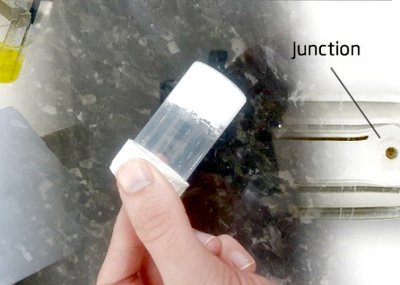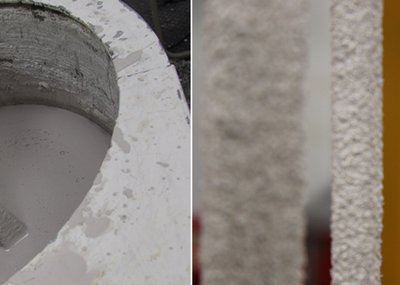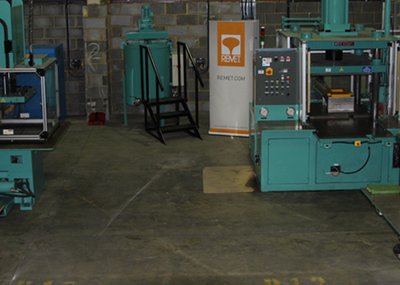Over the past two years, REMET® UK has invested in its laboratory and research facilities, increasing analytical capabilities.
The REMET Centre for Technical Excellence, based at the company’s European Headquarters, has undergone a million dollar transformation, doubling in size and stocked with state of the art instrumentation for the further study of wax and shell materials.
The focus of the new centre has been on the use of instrumental testing methods, raising the level of control and insight provided into the key materials for the investment casting industry. Research has already been conducted into the characterisation of products, including a greater level of understanding in the raw materials used, and studies into the material behaviour in test condition that emulate the stresses of the investment casting process.
With enhanced capability, REMET is able to more accurately characterise formulations and their component substances. This is leading to greater levels of technical evaluation, improving quality checks and keeping REMET materials at the vanguard of investment casting consumables. Greater insight into materials further provides the flexibility to create bespoke products, moving the industry from art to science.
Research into material behaviour is offering considerable insight into how process variations interact with properties of materials. Research into topics such as the visco-elastic properties of wax across the solid/liquid boundary (ICI2012) and the solid linear expansion/contraction characteristics of waxes (EICF2013), has been able to illuminate the optimum conditions for wax injection for the investment caster. In addition to this, these methods are enabling the fine tuning of process settings resulting in the reduction of material trial times, minimising manufacturing capacity reductions.
Beyond the addition of equipment, research has been conducted into methodologies with additional scope for providing actionable information, expanding the armoury of methods for use on traditional instruments. New methodologies for wax rheology by cone and plate methods have been explored (ICI 2012) as has the use of Hyper-DSC type techniques for looking at crystallisation within wax mixtures (ICI 2013). Both of these techniques have proved instrumental in the development of an innovative method for the reformulation of pattern waxes, so far providing a low shrinkage, fast setting wax, ideal for the production of large or thin walled castings.
The centre is currently undergoing research into the behaviour of slurries as Dr. Bradley, REMET’s laboratory manager, is preparing to present a paper entitled ‘The Three Surfaces of Slurry’ to the upcoming EICF conference in Lugano, 15 – 17 June.
In addition to the research conducted, REMET continues to offer leading edge technical service to the PIC industry. This support offering an independent verification to a founder enables the security of process control, from facilities that are not usually accessible to a PIC foundry.
All of the latest updates from the REMET Centre for Technical Excellence can be found on the REMET website – <link http: www.remet.com de _blank external-link-new-window external link in new>www.remet.com under the Technical Papers tab.
Partner
Foundry Corporate News
Topic Sand & Binders
Topic Refractories
Topic Patternmaking, mouldmaking and tooling & Rapid Prototyping, rapid tooling
Topic Moulding
Topic Pouring, Gating, Feeding
Topic Investment casting
REMET® Investing in the Future of Investment Casting
Reading time: min
[5]










